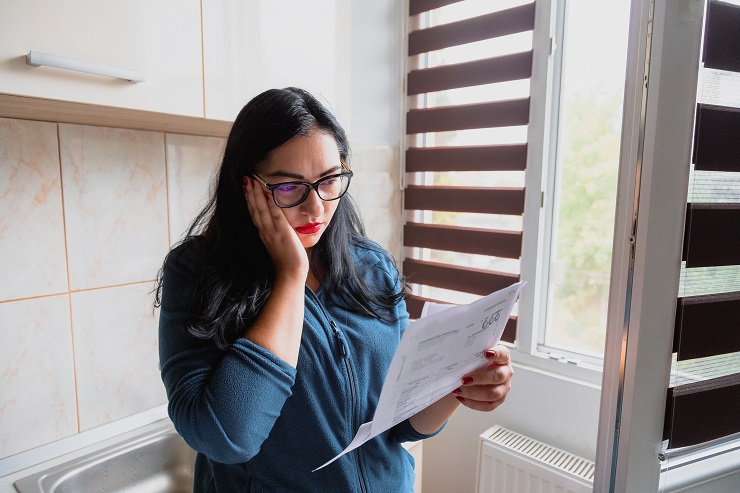economy news online
The Consumer Price Index for All Urban Consumers (CPI-U) rose 0.4 percent in September on a seasonally adjusted basis after rising 0.1 percent in August, the U.S. Bureau of Labor Statistics reported today. Over the last 12 months, the all items index increased 8.2 percent before seasonal
adjustment. news online
Increases in the shelter, food, and medical care indexes were the largest of many contributors to the monthly seasonally adjusted all items increase. These increases were partly offset by a 4.9-percent decline in the gasoline index. The food index continued to rise, increasing 0.8 percent over the month as the food at home index rose 0.7 percent. The energy index fell 2.1 percent over
the month as the gasoline index declined, but the natural gas and electricity indexes increased.
The index for all items less food and energy rose 0.6 percent in September, as it did in August. The indexes for shelter, medical care, motor vehicle insurance, new vehicles, household furnishings and operations, and education were among those that increased over the month. There were some indexes
that declined in September, including those for used cars and trucks, apparel, and communication.
The all items index increased 8.2 percent for the 12 months ending September, a slightly smaller figure than the 8.3-percent increase for the period ending August. The all items less food and energy index rose 6.6 percent over the last 12 months. The energy index increased 19.8 percent for the 12 months ending September, a smaller increase than the 23.8-percent increase for the period ending August. The food index increased 11.2 percent over the last year.
economy news online
Notes from APS Radio News
Since the early part of March 2020 to the middle part of April of this year, the Federal Reserve added nearly $5 trillion to its holdings.
On the fiscal side, in 2020, the government dispensed trillions of dollars in relief money, in the context of the virus.
[It has been reported that for most age groups the recovery rate has been about 99%. According to Statista, in the US, the average mortality rate has been about .07%]
A number of other central banks increased their holdings.
For example, during the same period, the European Central Bank increased its holdings by over 4 trillion euros.
For its part, the Bank of Japan added hundreds of trillions of yen to its holdings.
Until the earlier part of the year, those banks have kept interest rates at low levels, and, in the instance of the Bank of Japan, at negative rates.
In that event, depositors are requred to pay a fee to keep their money in banks.
Lockdowns and restrictions caused the closure of over 100,000 by October 2020, according to CNBC.
The combination of lockdowns, low interest rates and massive infusions of money have contributed to increases in rates of inflation, in the US, not seen since the early 1980’s.
The war in Ukraine, sanctions and price gouging also have contributed to increases in inflation, according ot economists and observers.
economy news online


